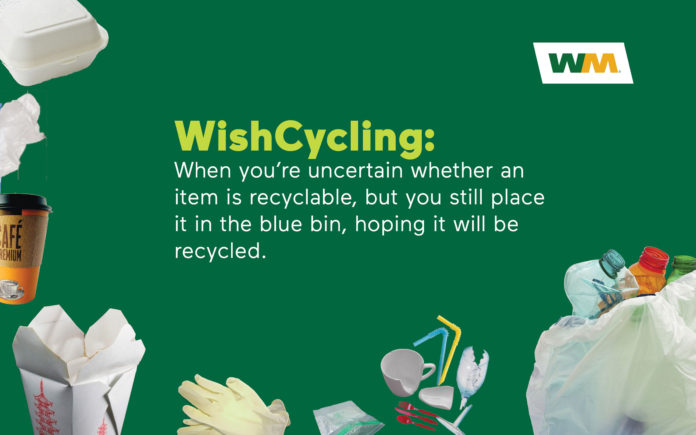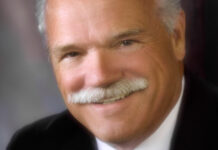
Waste sorting is not a new topic in California. With the state setting new sustainability ambitions to divert more materials from landfills and combat climate change, many residents and businesses have grown accustomed to the idea of placing materials in different bins. However, with the ever-growing list of products on the market, knowing what goes where can sometimes feel overwhelming and confusing.
As a result, people often mistakenly place non-recyclable items in recycling bins, hoping they’ll be repurposed — a practice that has become known as “wishcycling.” Unfortunately, this well-intentioned mistake can do more harm than good. When non-recyclable items, such as household waste and food scraps, are placed in the recycling bin, they can cause contamination that compromises the recyclability of other materials that could otherwise have been used to create new products.
This is why properly sorting materials into the correct bin is so important. When done correctly, proper sorting has the potential to reduce waste and increase the recovery of recyclable materials such as metals, plastics, glass, paper, and cardboard.
So, how can you properly sort your materials and contribute to creating a cleaner recycling stream? We’ll share some common recycling mistakes and tips for how to avoid them.
1) Do not bag your recycling, and do not recycle plastic bags. Plastic grocery bags and bagged recyclables are a major source of contamination in King City. Although they are often placed in recycling bins, these items cannot be recycled in curbside recycling programs. The bags become tangled in recycling equipment, which forces operators to pause processing lines to extract bags and other forms of contamination from the sorting equipment.
2) Learn more about what types of plastic are recyclable. But aren’t all plastics recyclable? The answer is not as straightforward as one would hope. Contrary to popular belief, not all plastics are the same, and not all plastic items can be recycled. That’s because these materials come in all shapes, grades, and resin types, making them more or less likely to be manufactured into new products. To decide if a plastic item should go into the recycling bin, most of us scan the product for the chasing arrow (♺) or the triangle loop. Although this symbol has become synonymous with recycling, it is unfortunately present in many items with low to no recyclability potential. So, how can you know what’s recyclable? The answer varies by municipality. In King City, plastic items marked with the numbers 1, 2 and 5 are generally accepted in curbside collection as long as they are clean and dry to avoid contamination.
3) Learn more about which items should not be placed in the recycling bin. Plastic bags, cups, plates, single-use utensils, black plastic, candy wrappers, snack bags, plastic films, and polystyrene containers are not considered recyclable material and should be placed in the waste bin.
4) Don’t forget about all the other materials — such as cardboard, paper, aluminum and glass — that can be recycled at your curbside! The city’s curbside recycling program also accepts clean paper, magazines, newspapers, cardboard, shredded paper (bagged in clear bags), metal cans, empty aerosol cans, clean aluminum pans/foil, and glasses. Shredded paper is the only recyclable material that should be bagged in clear plastic bags before disposal in King City.
Properly sorting materials is an action that every resident and business can take to help build more sustainable communities. It’s a daily habit with the greatest impact on recycling. It helps reduce landfill reliance, conserves natural resources and gives materials a new life.













